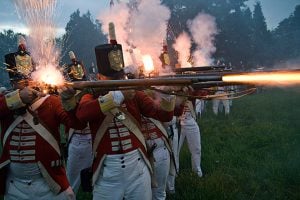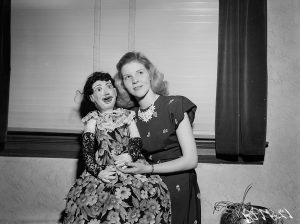
History
Parks Canada places commemorating the First World War
Sites across Canada honouring the war
- 1412 words
- 6 minutes
This article is over 5 years old and may contain outdated information.
History

When we asked Mike Fall for a scanned photo of his father, First World War flying ace Joe Fall, standing next to his Sopwith Pup “Happy” for our October issue, we had no idea he would come back with a treasure trove of never-before-published photos of his father.
We couldn’t publish Mike’s extra photos in the magazine, but thought we would share a handful of them here as they provide a rare glimpse into the life of a First World War pilot.
Joe Fall is one of five First World War aces featured in the October issue of Canadian Geographic as part of a Wings of Courage photo essay (the issue hits newsstands September 7). The photo essay is part of A Nation Soars, a project commemorating Canada’s Great War flyers, and juxtaposes photos of today’s Air Cadets with yesterday’s aces to show the surprising youth of the men who fought in France during the First World War.
Joe earned the unofficial title of “ace” in only 21 days after downing five enemy aircraft. He was a decorated First World War pilot honoured with, among many other medals, the Distinguished Service Cross with two bars for gallantry in the air, Mike says.
After the First World War, Joe was given a permanent commission by the Royal Air Force and played an active role in aviation’s rapid post-FWW evolution. He did everything from flying to and from early aircraft carriers — once almost drowning in the process — to testing nascent helicopters called “autogyros.” He helped develop prototypes of the artificial horizon instrument found in virtually all aircraft today, and, finally, he was a base commander for the RAF in North Africa during the Second World War.
After the Second World War, Joe returned home to his farm near Cobble Hill, B.C., but not to retire.
“He never slowed down,” Mike says. “Most people after 30 years in the Air Force would retire and that’s it, but he put in another 30 years on a dairy farm working his butt off. I could hear him every morning at four getting up to milk those cows.”
Joe died in 1988. He was 93 years old.
“Looking at the photos makes me think long and hard about what he went through,” Mikes says. “And you know, that thinking is something I should’ve done many years ago while he was still alive, and talked to him about it more than I did.”
To learn more about Joe’s amazing life, read Mike’s short biography of his father.
Editor’s note: Certain details about the circumstances of the photographs and other individuals pictured are not known; working with Mike, we have tried to provide as much context as possible.





Are you passionate about Canadian geography?
You can support Canadian Geographic in 3 ways:

History
Sites across Canada honouring the war

History
Not all is fair in love and war, but the love of war art is clear in two new exhibits opening today at the

History
Soldiers, descendants of Loyalists and history buffs recreate a battle to demonstrate why the War of 1812 is still important today.

People & Culture
“When World War Two started, I was six years old living in Dartmouth, N.S.,” began Barbara McNutt while exploring the Canadian War Museum’s latest exhibit,